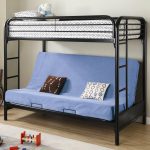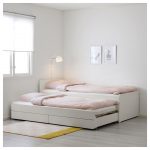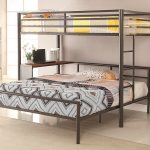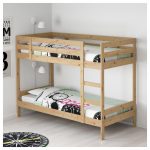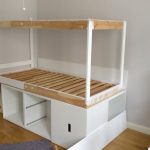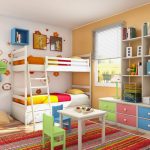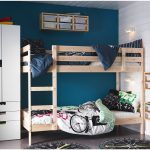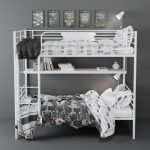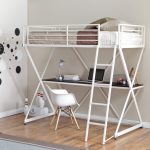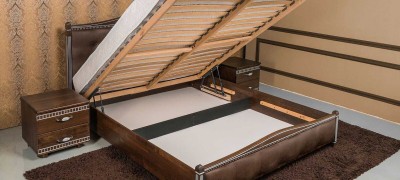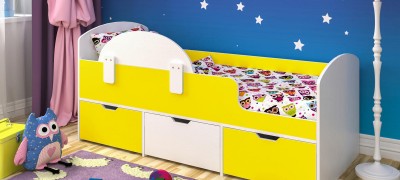Description of bunk beds from IKEA
A bunk bed is not only beautiful and comfortable furniture, but also very practical. It will be the best option for people living in confined spaces.
- Features of bunk beds from IKEA
- Advantages and disadvantages
- Varieties of bunk beds, taking into account:
- Popular models and their cost
- How to choose the right bed from IKEA
- Complete set and additional accessories
- Examples of design and arrangement in the interior
- Video: overview of IKEA bunk bed models
- Varieties of IKEA bunk beds in the photo
Features of bunk beds from IKEA
Bunk beds are often used when arranging a room when the space does not allow each person to have a separate sleeping place. In order to climb to the second tier, a built-in staircase is used. Some of the designs are complemented by shelves, pull-out cases, wardrobes and drawers. In some models, the lower bed is replaced by a workstation with a desk.

Such beds do not need special care, and it is enough just to wipe their body with a dry or damp cloth.
Like all other furniture of the company, the bunk bed requires self-assembly. To make it easier, the kit includes detailed illustrated instructions, all the necessary accessories (bolts and dowels), as well as a suitable hex wrench. The process does not require special skills and abilities, as well as complex work, however, if desired, an on-site assembly can be ordered in the store.
Note! If you have any questions, there is an opportunity to call the company and get expert advice.

It is best to assemble the bed on a soft surface (carpet or carpet) to prevent cracks and chips from forming when parts fall. It is also convenient to work together, since when assembling the tiers, parallel screwing of the dowels is required, which is necessary to ensure the stability of the structure in the future.
Advantages and disadvantages
The main advantage of a bunk bed is the rational and economical filling of the room in case of its limitations. But for IKEA models, other advantages can be distinguished:
- high quality material and components, ensuring long-term operation;
- stability and high strength, allowing the second floor to withstand a load of up to 150 kg;
- the versatility of the size range (90 × 200 cm), allowing both children and adults to use the same bed;
- ease of assembly, the step-by-step process of which is detailed in the instructions;
- injury safety, achieved due to the absence of sharp edges and corners, as well as the presence of anti-slip stickers on the rungs of the stairs;
- a variety of model range and stylish design that allows you to make the bed the basis of any style direction;
- the ability to sleep on a mattress without folds and seams, which are present on folding models;
- versatility, since a number of models are equipped with additional storage space in the form of drawers and shelves;
- cost savings by purchasing only one bed.

Note! In addition to the practical benefits, it is worth noting the sympathy of many people for the location on the second tier.
The disadvantages usually include the threat of falling from the upper level, however, all models are insured against such an outcome, since they have limiting sides, strong due to the transom filling. However, because of them, it is impossible to fully stretch out and spread your arms. Also, due to its height, the structure can significantly block the sunlight, and therefore it is best to place it on the side opposite the window.

Varieties of bunk beds, taking into account:
Sizes
IKEA bunk beds do not imply division by size, and all models have standard dimensions: 90 cm wide and 200 cm long. On the one hand, such versatility is convenient, since it allows you to use one structure for the location of both an adult and a child. On the other hand, for tall people, comfort will be questionable, because for a good rest, the sleeping place should be 20-30 cm longer than a person's height.
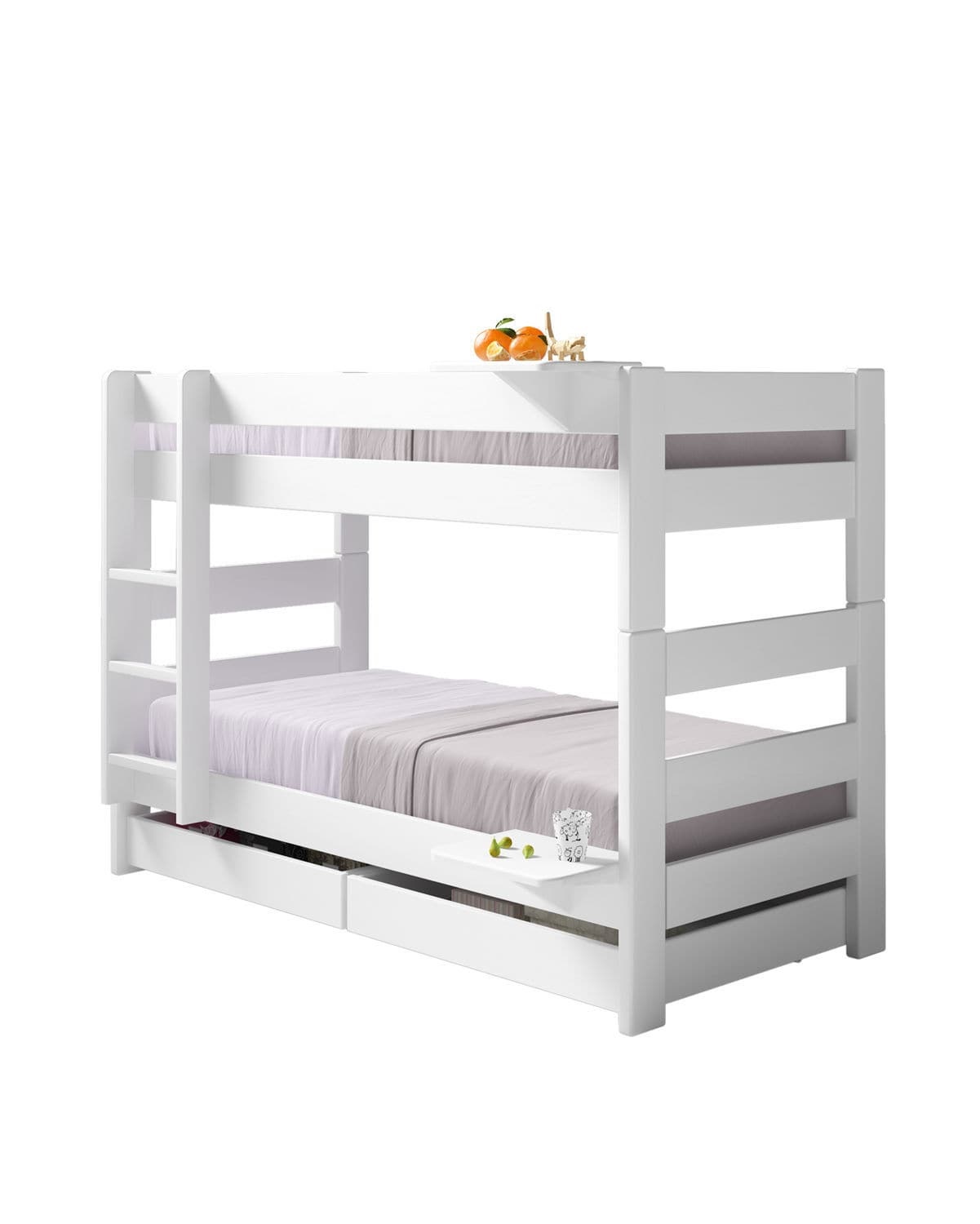
Also, the narrowness of the models is not very convenient, as this can negatively affect the quality of sleep. In the standard case, to determine the appropriate width, you need to lie on the mattress, fold your hands on your stomach and spread your elbows. The best option is a situation when 10-15 cm remains from the elbows to the edge. If the distance is less, sleeping on an IKEA bed can be uncomfortable.

It should also be borne in mind that beds are sold without mattresses, and therefore have to be purchased separately. In the case of IKEA, this can be done simultaneously with the purchase of the structure.

Important! Before choosing a mattress, you need to look at the instructions and clarify the maximum permissible thickness of the mattress, since this is a fundamental issue of sleep safety, especially on the second tier.
Mattresses are classified as follows:
- spring;
- springless;
- orthopedic.

Springless mattresses are filled exclusively with filler. Most often, polyurethane foam (foam rubber), batting or holofiber are used in its role. The latter is quite popular due to its hypoallergenic properties.
Note! When choosing a spring type mattress, you should select a model with insulated springs that work independently, as they allow for the most comfortable placement.
To choose the right mattress, you need to lie down on it. The product is suitable if only the shoulders and hips are buried in it
Functionality and design
The range of bunk beds is represented by the following types of designs:
Classic
The simplest option, consisting of two tiers, on which berths are located exactly one under the other, and a built-in staircase.
Attic
In a construction of this type, the sleeping area is located at the top, and the working area or simply free at the bottom. The latter may include a built-in writing desk, shelving and shelves. The model is designed for one person, more often a child.

Three bedroom
Here, both tiers are represented by single beds, but under the lower bed there is a pull-out platform that creates a third berth.
Important! When choosing such a model, you should pay special attention to its strength, and also take into account the height of the ceiling, since the lower level should be high enough.
Materials of manufacture
The following materials are used for the manufacture of beds:
Wood
A variant that combines durability, reliability, aesthetics and pleasant tactile contact, as well as the possibility of equipping the structure with any storage places in various variations. However, high-quality wood is quite expensive, which explains the cost of such models. Various breeds are used for the manufacture:
- oak, aesthetic, reliable and durable products from which have an unlimited service life, however, they are distinguished by a high cost;
- birch, from which beautiful and high-quality products are obtained at a more affordable, but still tangible price;
- ash, beech and alder, which have beautiful and noble shades and a lower cost;
- pine, which is the most popular material due to the combination of high quality and the most affordable cost.
Note! Wood for furniture is processed, including cleaning from roughness, impregnation with an antiseptic and opening with a transparent varnish, but when buying it is worth checking the homogeneity of the material and the absence of cracks and burrs.
Metal
The most durable material that can last for several decades. Visually, it looks neater and lighter than wood. It is difficult to damage it, and therefore it retains its neat appearance for a long time. When manufactured, it is painted using a powder coating with polyester resins.

The frame is reinforced with strong bolts, and therefore the base of the bed will not allow the mattress to sag even with a significant load. However, the metal is not very pleasant to the touch, and the models made of it do not have built-in storage space.
Plastic
It is used in the manufacture of beds for small children. Models from it are distinguished by a wide range of colors and a variety of shapes. Design is often associated with fairytale or cartoon imagery.
Popular models and their cost
Midal - 11,999 ₽
Bunk bed with two berths, made of solid pine. The wood is treated with an antiseptic, opened with transparent varnishes and is not stained. It has a standard box size and a small height (157 cm), which makes it the best option for children of primary school age, since during games and possible falls, the risk of injury is reduced. The upper tier is equipped with a high side.

Note! The ladder can be attached to either side of the bed, which makes it possible to place it anywhere in the room, not just against the wall.
Svarta - 13999 ₽
The model is made of stainless steel and painted with silver epoxy resin. It is assembled from hollow pipes, which allows for both high strength and lightness of the structure. Fastening is carried out with bolts, the use of a welding machine is not intended.
The height of the second tier is 157 cm, which makes the bed a suitable option for children from 5 to 16 years old. The staircase is adjacent to the structure and has flat steps. Can be installed on either the right or left side. The second tier is equipped with high barriers. The design is completed with a rack bottom.
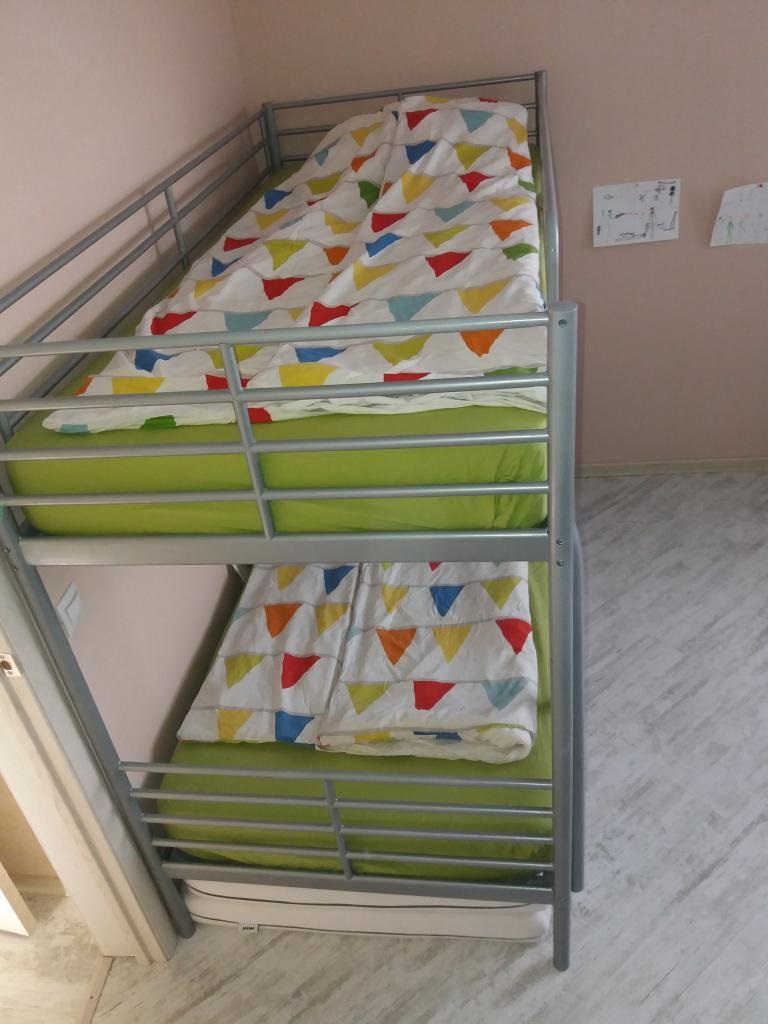
Note! As an addition to the steel model, fabric or plastic storage containers are best suited.
Vitval - 15999 ₽
This is an IKEA loft-type metal bunk bed made of epoxy and polyester powder coated steel. It has a textile collar, divided into sections, which makes it easier to put on the frame. The structure is stable but needs to be fixed to the wall. The location of the stairs can be determined independently.Has a height of 195 cm, and therefore, when assembled, the minimum ceiling height should be 244 cm.

Note! Due to the height of the second tier, the bed is recommended for children over seven years old.
How to choose the right bed from IKEA
When choosing, you should pay attention to the following:
Appointment
The model should be selected taking into account the age of its owners and their needs. So, for two preschoolers, the "Midal" model will be the best solution, and for a teenager, the "Vitval" model is more suitable.
Security
To determine it, it is necessary to check the strength of the limiter and the bottom of the frame, as well as stability. Especially relevant for IKEA bunk beds for children.

The height of the side of the second tier
It should be at least 20 cm, since when the mattress is placed, only about 5 cm will actually remain.

Height of structure and ceilings
The bed should allow for a comfortable location on each tier.

Ladder
It is necessary to check its strength, the presence of handrails and the absence of sliding of the rungs.

Complete set and additional accessories
The complete set of the bed includes everything you need to assemble the frame, including the slatted bottom. However, a mattress must also be purchased for use. If desired, the design can be supplemented with bedside drawers and bedside tables, as well as a separate headboard. In addition, IKEA produces a variety of bedroom textiles to complete the furnishings.

Examples of design and arrangement in the interior
As you can see in the photo of IKEA bunk beds, they do not differ in a variety of colors or designs, and therefore they can be used as a basis for any style. A bright or patterned bedding set, complemented by decorative pillows or rugs, will help revive the design.

White models will fit well with the laconic Scandinavian style.

If the wall decoration consists of wood panels, then a wooden loft bed will create the atmosphere of a real cozy attic.

The IKEA bunk bed is suitable for children and adults, allowing them to comfortably accommodate in a small home. With a competent approach to the selection and design, you can get not only a comfortable place to sleep, but also a stylish design solution.
Video: overview of IKEA bunk bed models








